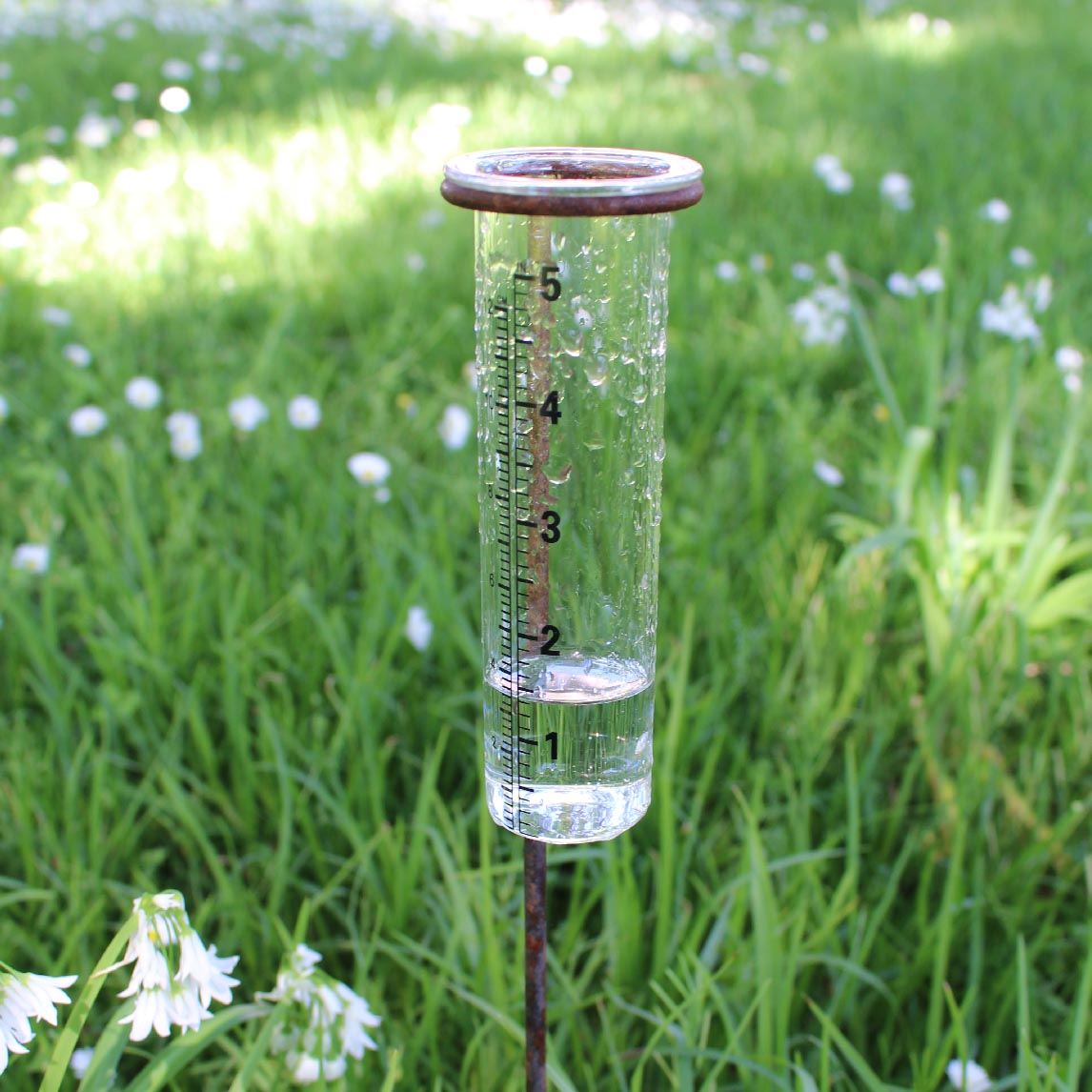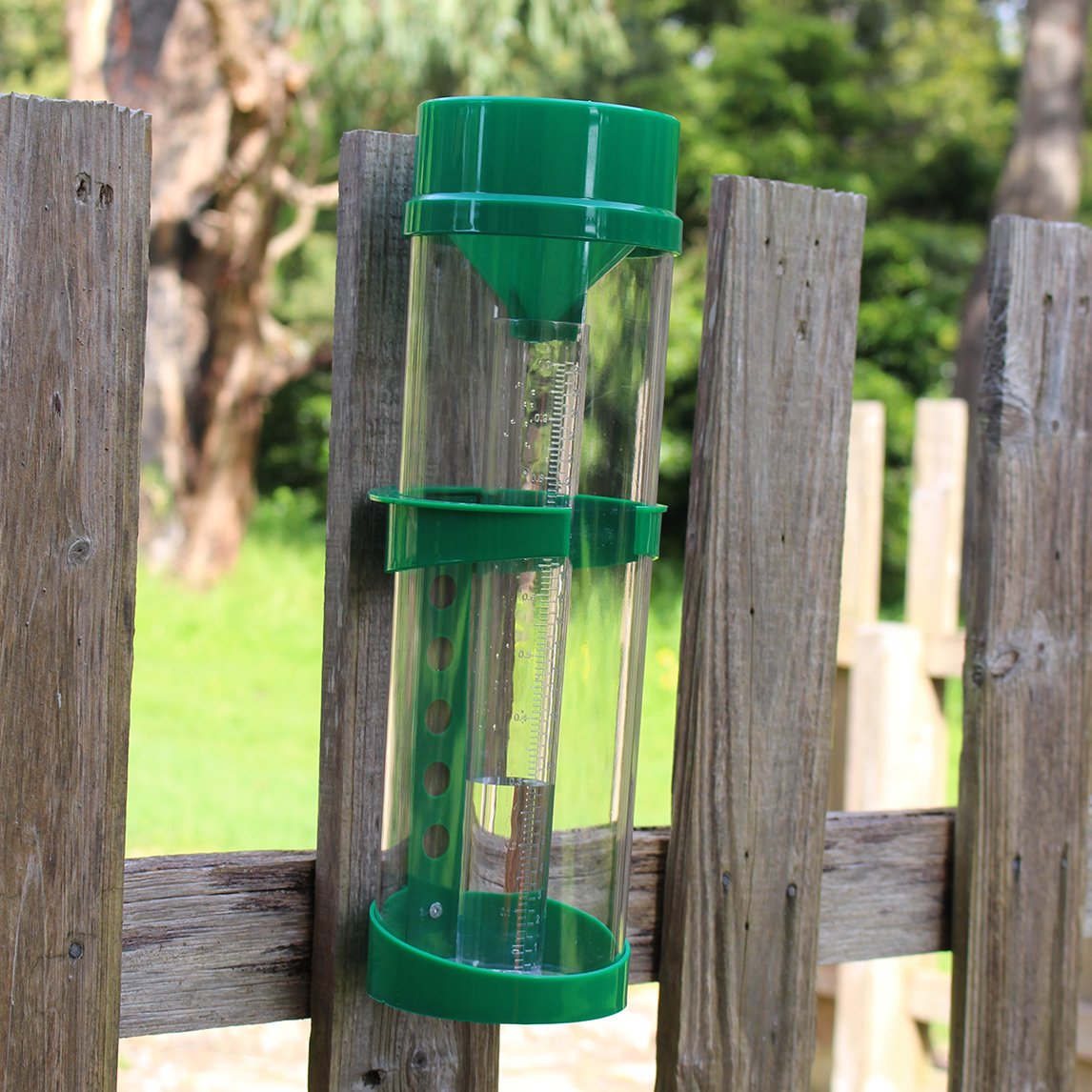Why Every Homeowner Must Think About Purchasing a High-Accuracy Rain Gauge
Why Every Homeowner Must Think About Purchasing a High-Accuracy Rain Gauge
Blog Article
Introducing the Science Behind Rain Determines: Just How These Tools Play a Critical Role in Climate Study and Ecological Monitoring
Rain determines, seemingly easy tools, hold a profound importance in the world of climate study and environmental surveillance. These unassuming instruments silently collect among nature's most necessary elements-- rainfall. Yet, behind their unpretentious facade exists an intricate science that is important for comprehending the characteristics of our atmosphere. As we peel back the layers of this scientific veil surrounding rainfall assesses, we reveal a globe where accuracy, data accuracy, and precise observation assemble to introduce a much deeper understanding of our transforming environment and its influence on the planet.
Relevance of Rain Scales
Rain assesses play an essential duty in surveillance and determining rainfall levels, providing vital data for environment research study and evaluation. These devices are essential in measuring the amount of rains that happens in a specific location over a specific duration. By accumulating and determining rain, rain evaluates offer valuable insights right into the distribution and strength of rainfall, helping meteorologists, hydrologists, and climatologists in recognizing weather condition patterns and trends.
Among the vital reasons that rain determines are vital is their ability to offer local and exact information. Unlike satellite or radar-based measurements, which offer wider monitorings, rain determines deal precise info certain to the area where they are put. This local information is crucial for different applications, including flood projecting, drought surveillance, and water resource monitoring. Furthermore, lasting information gathered from rainfall determines helps in examining environment change effects and patterns, adding significantly to scientific research study and decision-making procedures. Essentially, rain determines work as important devices in the field of weather forecasting and environmental scientific research, playing a critical duty beforehand our understanding of weather condition and environment dynamics.
Kinds of Rainfall Scales

Performance and Operation
In the realm of climate study and atmospheric research studies, the efficiency of rain determines hinge on their complex performance and accurate operational devices. Rainfall evaluates are designed browse around these guys to accurately measure the quantity of rainfall that falls over a certain location throughout a set period. These devices generally consist of a channel that gathers rainwater and networks it into a gauging tube. The gauging tube is marked with calibrated measurements that permit for the specific metrology of rains.
The functionality of rainfall evaluates is based on the principle of collecting and gauging rain in a standard manner. This accumulated data is vital for comprehending neighborhood weather patterns, tracking long-lasting environment fads, and evaluating ecological influences. To make sure accurate measurements, rain determines need to be tactically put in open areas away from obstructions such as structures or trees that can interfere with the collection process.
The functional facet of rain evaluates includes routine upkeep to avoid debris buildup, calibration checks to maintain measurement accuracy, and information videotaping for evaluation (rain gauge). Overall, the capability and operation of rain gauges are vital for resource collecting reliable precipitation data vital to climate research and environmental monitoring
Role in Climate Research Study
Provided the important importance of accurate precipitation measurements in comprehending weather patterns and ecological impacts, the function of rain assesses in environment research study is important. Rain assesses provide vital information for environment research by evaluating the quantity of rainfall that tips over a certain location throughout a given period. This data is crucial for keeping track of long-term fads in rainfall patterns, examining the impact of environment modification on rains distribution, and enhancing environment designs.

Environment researchers make use of data accumulated from rain gauges to analyze variations in rainfall levels, recognize regional climate fads, and assess the performance of water resource monitoring strategies. By contrasting historic precipitation information with existing measurements, researchers can spot changes in rainfall patterns, such as changes in the regularity or strength of rainfall events. This details is important for recognizing exactly how environment modification is affecting precipitation dynamics and can assist policymakers make educated decisions relating to adaptation and mitigation Visit Your URL approaches.
Applications in Environmental Tracking

In flooding forecasting, rainfall scale data aids to track rainfall intensity and distribution, permitting authorities to provide prompt warnings and take required measures to minimize flood risks (rain gauge). Dry spell tracking relies upon rainfall gauge data to assess dampness levels in the dirt and track rainfall deficits, assisting in the recognition of drought-prone areas and the execution of drought response strategies
Moreover, rainfall gauge information plays a crucial duty in water resource monitoring by giving info on water availability and use trends. Furthermore, in farming, rain gauge information aids farmers in maximizing irrigation timetables, crop selection, and total farm monitoring methods based on local rainfall patterns.
Final Thought
Finally, rain determines are essential tools for measuring precipitation, providing useful information for climate research and environmental monitoring. With various types and functionalities, rain gauges play an important function in understanding precipitation patterns and their effect on the setting. By properly determining rainfall, these gadgets contribute to the development of scientific expertise and aid in making notified decisions pertaining to water resource monitoring and calamity preparedness.
Rain determines play a crucial duty in tracking and measuring rainfall degrees, offering essential information for climate research and evaluation. The conventional rain scale, understood as the "tipping bucket" scale, is one of the most frequently used tools. Ultrasonic rainfall evaluates use audio waves to discover the presence of rainfall, offering real-time information on precipitation degrees.Climate scientists use data gathered from rain determines to evaluate variants in precipitation degrees, determine regional environment trends, and examine the effectiveness of water source management methods.In conclusion, rainfall assesses are vital devices for determining precipitation, giving important data for climate study and ecological tracking.
Report this page